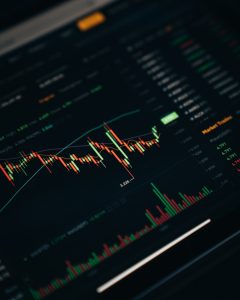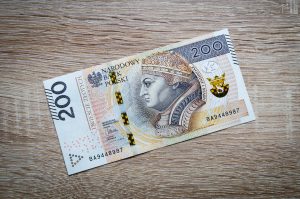Forex time zone is the concept of the time differences between various regions in the world and how they affect the trading hours of the foreign exchange market. The foreign exchange market operates 24 hours a day, five days a week, and is the largest financial market in the world. As a result, traders need to be aware of the various forex time zones to ensure they can take advantage of the market’s full potential.
The forex market is decentralized, meaning it operates across different time zones, and there is no central exchange. Instead, the market operates through an electronic network of banks, institutions, and traders, all of whom contribute to the market’s liquidity. The forex market is open 24 hours a day, five days a week, from Sunday evening to Friday afternoon. However, the trading hours differ based on the different forex time zones.
The forex market is divided into three major trading sessions: the Asian session, the European session, and the North American session. Each session is influenced by the opening and closing times of the major financial centers in the region.
The Asian session starts at 9:00 PM GMT on Sunday and ends at 8:00 AM GMT on Monday. This session is dominated by the Japanese yen, the Australian dollar, and the New Zealand dollar, and it is often the quietest session of the three. The opening of the Asian session coincides with the closing of the North American session on Friday, causing a gap in the market’s liquidity.
The European session starts at 7:00 AM GMT and ends at 4:00 PM GMT. This session is dominated by the euro, the British pound, and the Swiss franc. The European session is the most active session of the three, as it overlaps with the Asian and North American sessions. The European session is also the most volatile, with major economic events and news releases often occurring during this time.
The North American session starts at 12:00 PM GMT and ends at 9:00 PM GMT. This session is dominated by the US dollar, and it is the most influential session due to the US’s economic and political power. The North American session overlaps with the European session, providing a high level of liquidity and volatility.
Traders need to be aware of the forex time zones to ensure that they can take advantage of the market’s full potential. For example, a trader based in Asia may find it difficult to trade during the European and North American sessions due to the time differences. They may need to adjust their trading schedule to ensure that they can take advantage of the markets’ liquidity during the Asian session.
Forex time zones also affect the release of economic data and news events. Economic events and news releases often occur during the European and North American sessions, causing an increase in market volatility. Traders need to be aware of the release times to ensure that they can capitalize on the market movements.
In conclusion, forex time zones are based on the time differences between various regions in the world and their influence on the forex market’s trading hours. The foreign exchange market operates 24 hours a day, five days a week, and is divided into three major trading sessions: the Asian session, the European session, and the North American session. Traders need to be aware of the forex time zones to ensure that they can take advantage of the market’s full potential and adjust their trading schedule accordingly.





